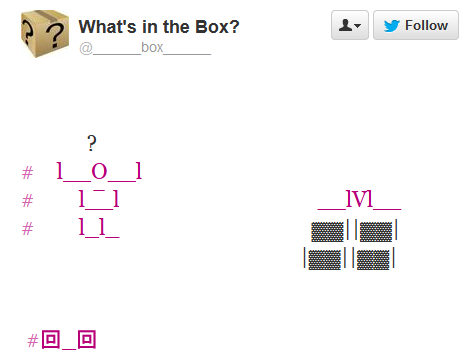

Frankly the red vbCritical just doesn't go far enough to alarm users when they've really done something horrible. Like most of you, I have always felt Excel lacked a Skull and Bones graphical image as part of the vba MsgBox routine. No doubt some scary person can turn this into a much shorter sed script.A belated happy April 1st friends. In a sense I'm cheating by using $b as a counter in the intermediate loop - I could instead append whitespace in the loop over $a and then use regex replaces for that loop too - but I'm going to allow that slight deviation from a pure-regex solution. # Prepare and print the line containing second horizontal line Y/-/ / # Only relevant first time round the loop S/-x/S|/ # Only relevant first time round the loop S/ /S /g # First time round: left + -> / subsequent times move / left # Read from stdin and set up the initial line # Subroutine to substitute, print, and unsubstitute as described above Because two of the characters used (+ and /) are special characters and turn up a lot in the regexes, it's worthwhile using other characters and substituting them to print. The basic idea is to do everything with regex substitutions. a.outīut other odd sizes are reasonable: $ echo 3 |. Thankfully the spec doesn't say what size one should look like: $ echo 1 |. It could be reduce by using freeform input. Obviously they help but don't add up to enough to kill the wordiess of the language. I tried fortran because of the inline for loops provided by the write statement. And note that markdown doesn't get along well with the indent requirements. No real point in providing a "unobsfucated" version. Since some people asked how long the entries of our contestants were:Īs well as our own solutions (not ranked with the others):
Ascii art box update#
I will update the accepted answer when a shorter one comes along. Trailing whitespace on the lines is ignored.ĮTA: I now accepted the shortest solution. The output is a cube on standard output following above rules. The input, given on standard input, is a single positive, even number n (2 ≤ n ≤ 30) that gives the length of the vertical lines of the cube. Corners are not counted for the length of an edge as detailed above (see examples below as well). A diagonal edge of the cube are drawn with / and consists of n/ 2 characters.A vertical edge of the cube are drawn with | and consists of n characters.

A horizontal edge of the cube are drawn with - and consists of 2 n characters.The receding lines are drawn at half the length as mandated by a cabinet projection.Ĭorners of the cube are represented by +, horizontal lines by -, vertical lines by | and diagonal ones use /.

Since the input is the length of the vertical lines (excluding the corners), horizontal lines are drawn with twice as many characters so that the resulting image is really roughly a cube. Monospaced fonts often have characters that are about twice as high as they are wide. Draw a cube in ASCII art in roughly a cabinet projection.


 0 kommentar(er)
0 kommentar(er)
